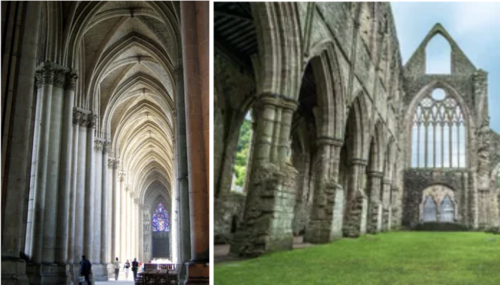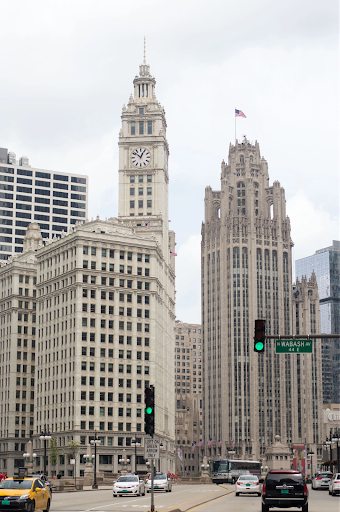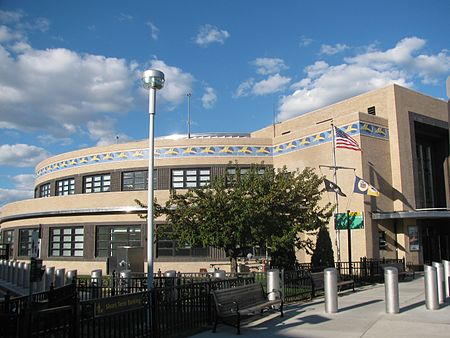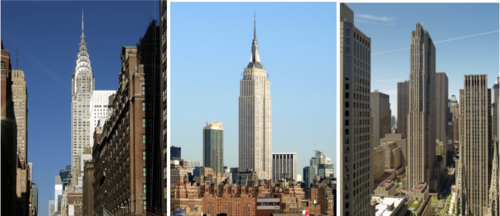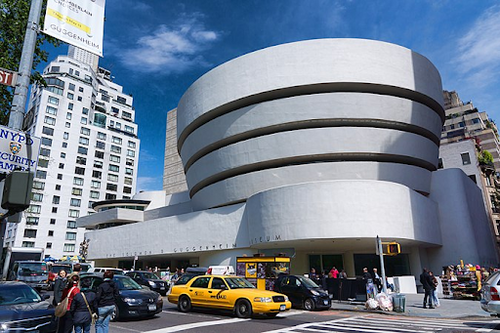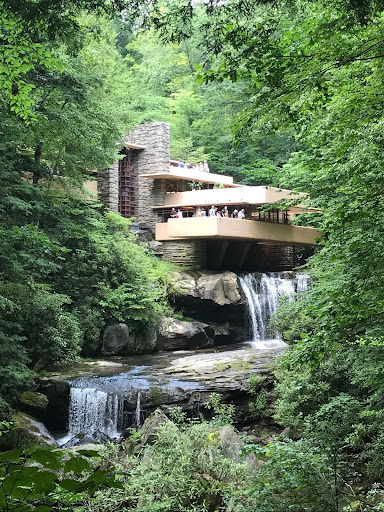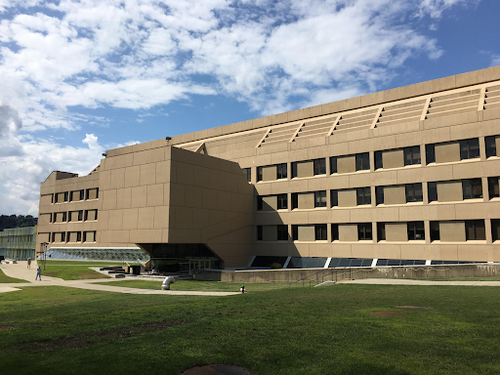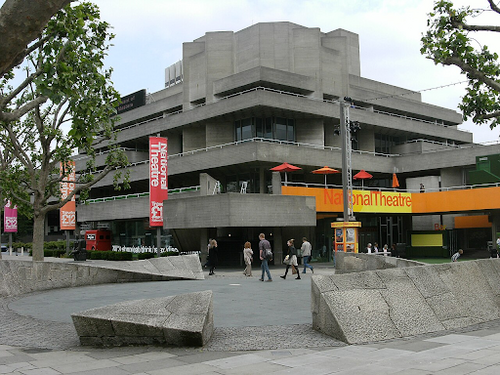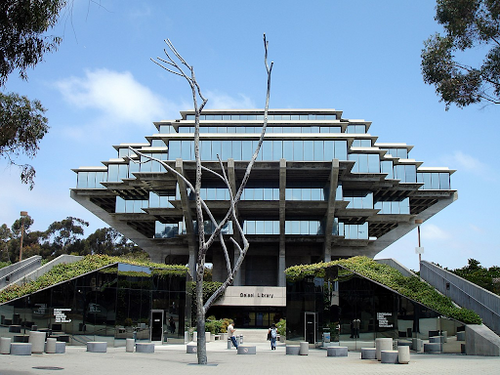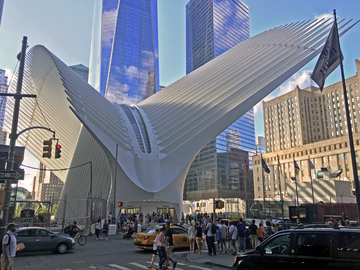HIR - Architectural Styles Guide
Having a strong design concept makes a statement about the values the building represents (e.g. cooperation, sustainability, creativity) and gives an opportunity to showcase the mission statement of your firm and show clients that your company is the right place for them to realize their vision. It also provides guiding principles as the building develops over the course of the semester. This guide introduces multiple architectural styles and their associated philosophies to help scaffold your personal style.
Good architecture considers many aspects beyond pure aesthetic, such as the flow of foot traffic in and around the building, the views and skylines affected by the building, the incorporation of sunlight and greenspaces, and the way a building compliments its surroundings. It often helps to draw on both recent trends and older styles, even if they fell out of vogue hundreds of years ago. (For a building that did not respect its surroundings, see the Salesforce Tower in San Francisco.)
This guide is by no means comprehensive; architecture spans thousands of years of human history across the globe, the ones chosen here are merely a sample.
Gothic - 1300s-1500s
Gothic Architecture was developed mostly in Europe for abbeys and cathedrals. The gothic style is characterized by vaulted ceilings, cavernous spaces, and intricate masonry. The goal in the development of gothic architecture was to create a sense of openness that allowed natural light (especially when paired with stained glass windows) while still preserving impressive height and durability.
Gothic architecture influenced the Gothic Revival (or neo-gothic) movements in the late 1800s. The Tribune Tower in Chicago (former home of the Chicago Tribune) is a 20th century example of the Gothic Revival and is itself a revival of the former Tribune Tower that burned down in the Great Chicago Fire of 1871. Notice how the building meshes with the style of its neighbors, while still showcasing the iconic buttresses and towers of the Gothic Era.
Art Deco - 1925-1940s
The Art Deco style was a short-lived New-York based movement. Art Deco is characterized by streamlined, geometric forms that celebrate the geometric, stylized look associated with modernism and luxury. It is also marked by the blend of man-made substances (plastics, glass, concrete) with natural ones (ivory, stone, crystal). The Art Deco movement originated in the 1920s in both the visual arts and architecture as a push away from traditional forms and a celebration of machining and human industrial progress.
The Chrysler Building, Rockefeller Center, and the Empire State Building are all iconic examples of the Art Deco style. Art Deco is a great example of how simple, intentional geometric repetitions can create a unique aesthetic.
Modernism - 1927–1960s
While there is overlap between Modernism and the Art Deco Movement, Art Deco emphasized luxury and ornament, while Modernism embraced minimalism, functionalism, and innovative construction. The term “modernism” is applied across many forms of fine arts that reject the classical and traditional (often euro-centric) forms and in favor of generating a work as completely new as possible.
Architect Frank Lloyd Wright of the Solomon R. Guggenheim Museum in New York also coined the term "organic arhiceture" to describe buildings that emphasized the harmonious union between human habitation and the natural environment, as showcased in his Falling Water house.
Brutalism - 1950s
The Brutalist architecture movement is characterized by monochromatic designs that prioritize structural elements. Brutalist pieces often leave exposed support structures paired with unpainted concrete or brick, as well as other robust elements like timber and steel. Brutalism celebrates function, but unlike modernist architecture it does not put emphasis on making an artistic statement.
The Brutalist style was used in public works and low-cost housing, and rejected devotion to aesthetic (especially that of the classical era).
Brutalist architecture - Wikipedia
Neo-Futurism - 1960s-2000s
The Neo-Futurism movement is a revival of the 1920s Italian Futurism movement in the arts. The Futurists emphasized speed, vitality, and change, especially in the context of fast-paced modern life. Neo-futurism extends that mindset into the 21st century and emphasizes glasswork, unconventional geometry, urban environments, and celebration of progress. Neo-futuristic designs often appear to be physic-defying and act as feats of both architecture and engineering.
The Neo-futurism movement also embraces elements of science fiction and visions of utopia. It represents an overall optimism for the future of humanity.
References
The Editors of the Encyclopaedia Britannica. 2024. “Gothic Architecture. Britannica. Accessed 30 June 2024. https://www.britannica.com/art/Gothic-architecture
The Editors of the Encyclopaedia Britannica. 2024. “Art Deco.” Britannica. Accessed 30 June 2024. https://www.britannica.com/art/Art-Deco
Kuiper, Kathleen. 2024. “Modernism in the visual arts and architecture.” Britannica. Accessed 30 June 2024. https://www.britannica.com/art/Modernism-art/Modernism-in-the-visual-arts-and-architecture
The Editors of the Encyclopaedia Britannica. 2024. “New Brutalism.” Britannica. Accessed 30 June 2024. https://www.britannica.com/art/New-Brutalism
